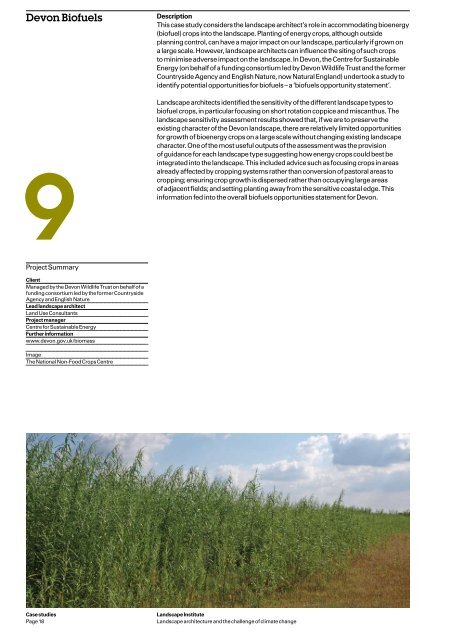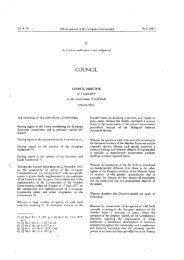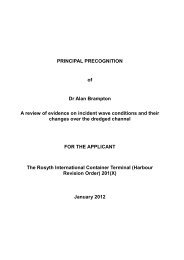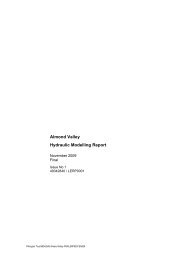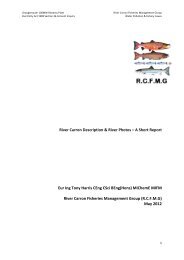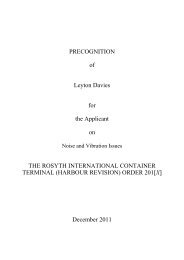Landscape architecture - Directorate for Planning and ...
Landscape architecture - Directorate for Planning and ...
Landscape architecture - Directorate for Planning and ...
Create successful ePaper yourself
Turn your PDF publications into a flip-book with our unique Google optimized e-Paper software.
Devon Biofuels<br />
9<br />
Project Summary<br />
Client<br />
Managed by the Devon Wildlife Trust on behalf of a<br />
funding consortium led by the <strong>for</strong>mer Countryside<br />
Agency <strong>and</strong> English Nature<br />
Lead l<strong>and</strong>scape architect<br />
L<strong>and</strong> Use Consultants<br />
Project manager<br />
Centre <strong>for</strong> Sustainable Energy<br />
Further in<strong>for</strong>mation<br />
www.devon.gov.uk/biomass<br />
Image<br />
The National Non-Food Crops Centre<br />
Case studies<br />
Page 18<br />
Description<br />
This case study considers the l<strong>and</strong>scape architect’s role in accommodating bioenergy<br />
(biofuel) crops into the l<strong>and</strong>scape. Planting of energy crops, although outside<br />
planning control, can have a major impact on our l<strong>and</strong>scape, particularly if grown on<br />
a large scale. However, l<strong>and</strong>scape architects can influence the siting of such crops<br />
to minimise adverse impact on the l<strong>and</strong>scape. In Devon, the Centre <strong>for</strong> Sustainable<br />
Energy (on behalf of a funding consortium led by Devon Wildlife Trust <strong>and</strong> the <strong>for</strong>mer<br />
Countryside Agency <strong>and</strong> English Nature, now Natural Engl<strong>and</strong>) undertook a study to<br />
identify potential opportunities <strong>for</strong> biofuels – a ‘biofuels opportunity statement’.<br />
<strong>L<strong>and</strong>scape</strong> architects identified the sensitivity of the different l<strong>and</strong>scape types to<br />
biofuel crops, in particular focusing on short rotation coppice <strong>and</strong> miscanthus. The<br />
l<strong>and</strong>scape sensitivity assessment results showed that, if we are to preserve the<br />
existing character of the Devon l<strong>and</strong>scape, there are relatively limited opportunities<br />
<strong>for</strong> growth of bioenergy crops on a large scale without changing existing l<strong>and</strong>scape<br />
character. One of the most useful outputs of the assessment was the provision<br />
of guidance <strong>for</strong> each l<strong>and</strong>scape type suggesting how energy crops could best be<br />
integrated into the l<strong>and</strong>scape. This included advice such as focusing crops in areas<br />
already affected by cropping systems rather than conversion of pastoral areas to<br />
cropping; ensuring crop growth is dispersed rather than occupying large areas<br />
of adjacent fields; <strong>and</strong> setting planting away from the sensitive coastal edge. This<br />
in<strong>for</strong>mation fed into the overall biofuels opportunities statement <strong>for</strong> Devon.<br />
<strong>L<strong>and</strong>scape</strong> Institute<br />
<strong>L<strong>and</strong>scape</strong> <strong>architecture</strong> <strong>and</strong> the challenge of climate change


